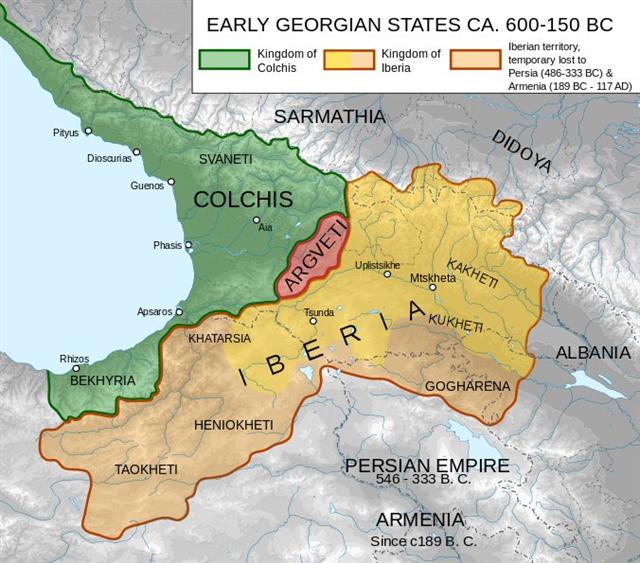3. The parallel K text has 4 invisible glyphs (or on purpose left open glyph spaces) after Ka1-12, and of Ka1-12 only the back side remains (maybe illustrating the fraction from 365 to 365¼):
If we reduce 192 (the total number of glyph spaces on the K tablet) by 6 (the number of glyphs before Ka1-7) we reach 186 = 372 / 2. Earlier, at Rogo and Gb6-26, we counted 62 * 6 = 372 = 472 - 100. In Ka1-11 the front sign is a variant of vaha kai (the 'swallowing mouth')
Perhaps the left straight part of vaha kai in Ka1-11 is a henua sign, and then we could read that 'Earth' is 'swallowing' the preceding season. The 'persons' in Ka1-7 and Ka1-9 have no heads (and indeed the one in Ka1-7 seems never to have had any). Possibly they represent the winter respectively the summer of the previous year. Ihe tau at left and fishes at right (in Ga1-8 respectively Ga1-10) could mean they have 'gone to the fishes'. The Skin of the Lion is what remains of him after he has been killed. A skin is like a cloth which can cover all incoming light:   The Golden Fleece which Jason brought home from Colchis was probably, I think, a transformation of the ancient Skin of the Lion, a necessary item when the era of Aries was introduced. Jason sounds not very much different from Jauzah (Orion).
|
||||||||||||||||||||||||||||||||||||||||









